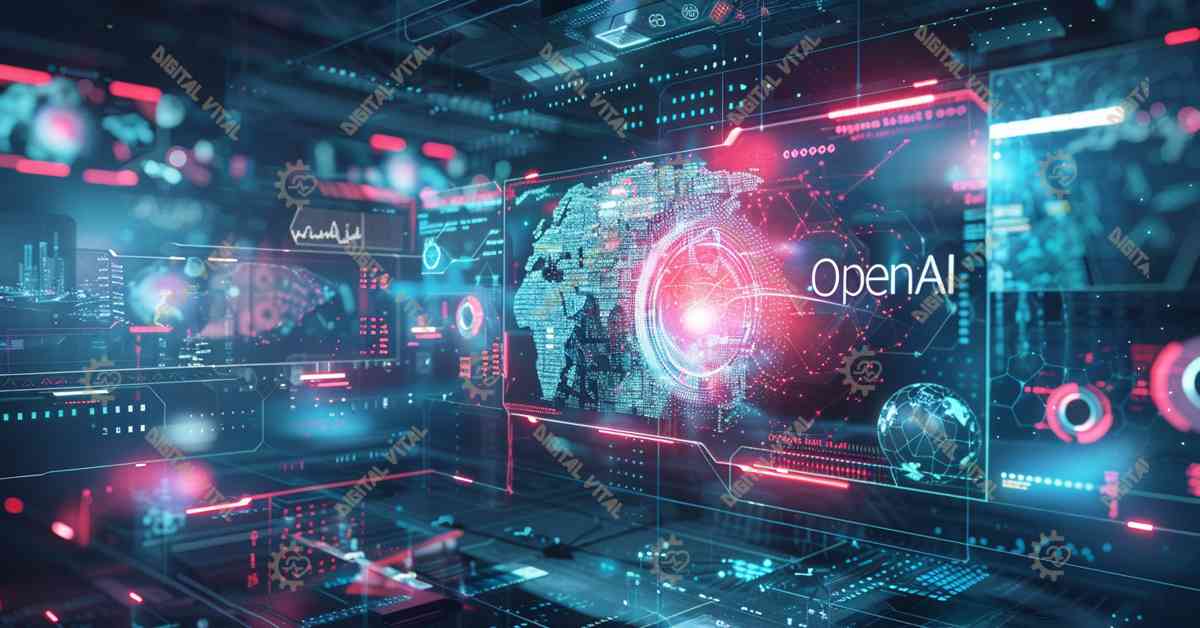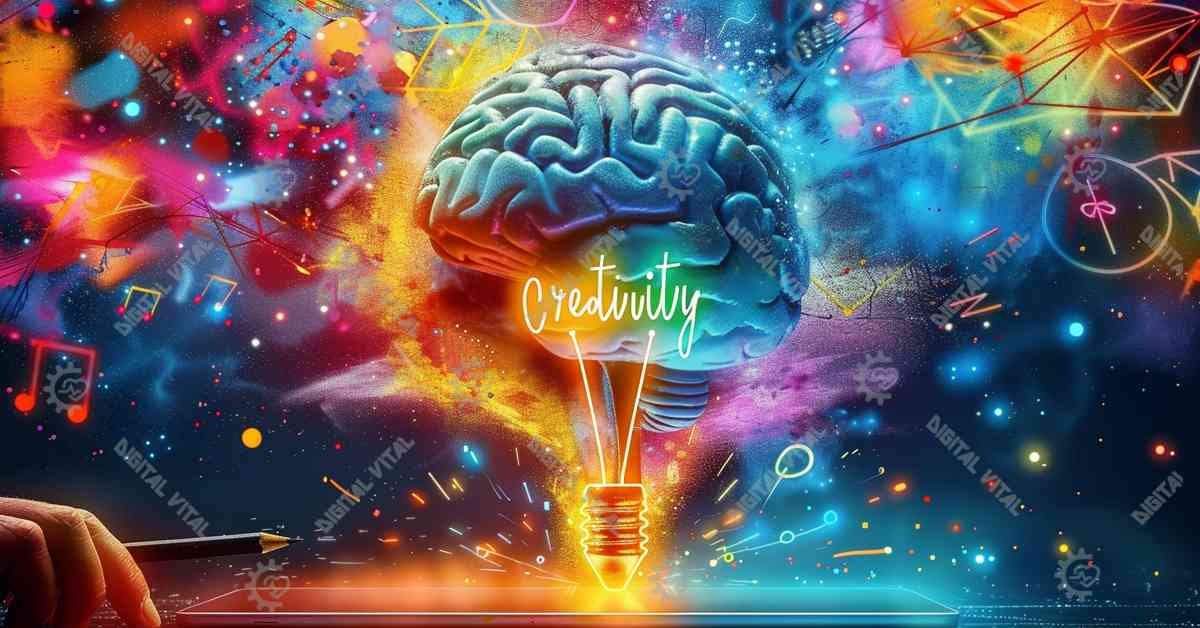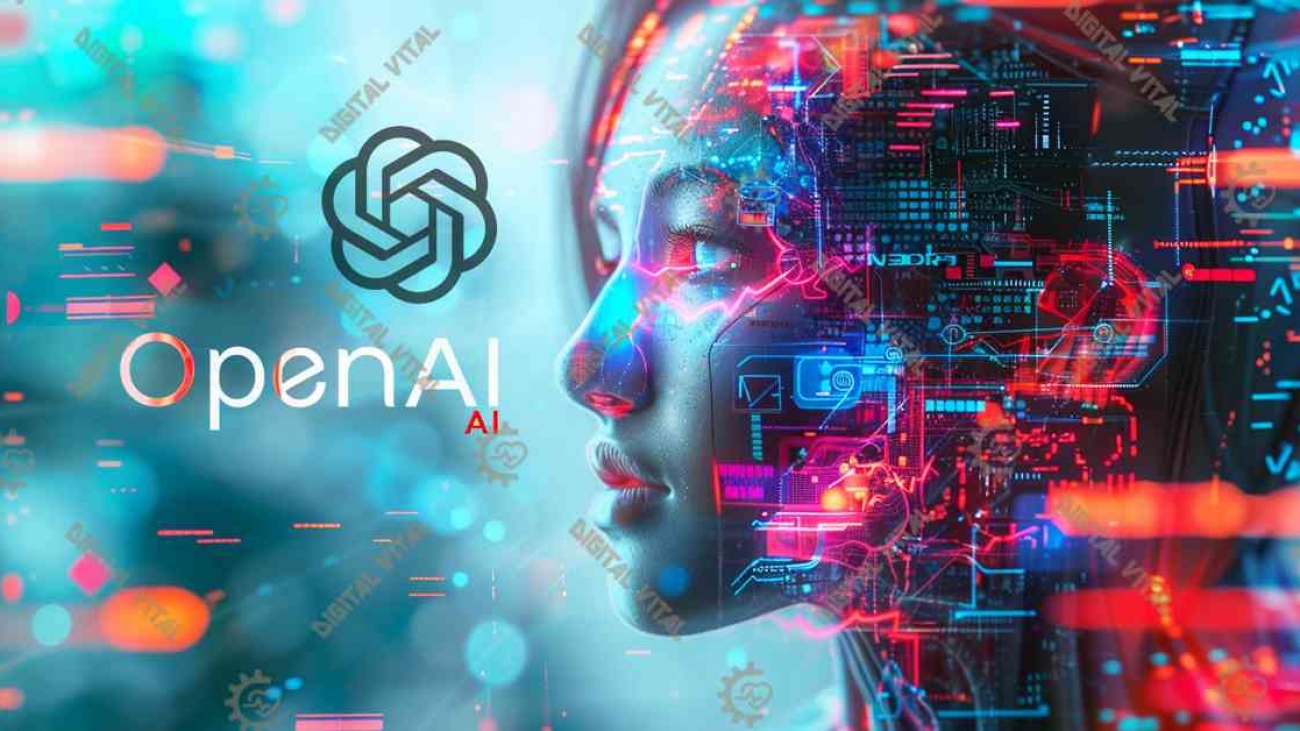OpenAI has emerged as a leader in artificial intelligence (AI), driving innovation and research to create advanced AI technologies that benefit humanity. Founded with a mission to ensure that artificial general intelligence (AGI) benefits all of humanity, OpenAI has made significant strides in developing cutting-edge AI models, promoting ethical AI usage, and contributing to the broader AI research community. This article provides a comprehensive overview of OpenAI, its history, major projects, ethical considerations, and future directions.
Keywords: OpenAI, artificial intelligence, AI research, machine learning, GPT-3, GPT-4, GPT-4o, AGI, ethical AI, AI applications, AI development, future of AI
Table of Contents
The Foundation and Mission of OpenAI
OpenAI was founded in December 2015 by Elon Musk, Sam Altman, Greg Brockman, Ilya Sutskever, John Schulman, and Wojciech Zaremba. The organization’s primary goal is to ensure that artificial general intelligence (AGI) – highly autonomous systems that outperform humans at most economically valuable work – benefits all of humanity. OpenAI aims to advance digital intelligence in the way that is most likely to benefit humanity as a whole, without being constrained by the need to generate financial returns.
Core Principles
OpenAI operates based on several core principles that guide its research and development efforts:
- Broadly Distributed Benefits: OpenAI commits to using any influence it has over AGI to ensure that it is used to benefit everyone and avoid enabling uses of AI or AGI that harm humanity or concentrate power unduly.
- Long-Term Safety: OpenAI prioritizes research on AI safety and aims to ensure that AGI remains safe and aligned with human values.
- Technical Leadership: OpenAI seeks to be at the cutting edge of AI capabilities to effectively address the societal impact of AGI.
- Cooperation: OpenAI actively collaborates with other research and policy institutions to create a global community working together to address AGI’s global challenges.

Major Milestones and Projects
OpenAI has been at the forefront of AI research, making significant contributions to the field. Here are some of the key milestones and projects that highlight OpenAI’s impact:
Generative Pre-trained Transformers (GPT)
One of OpenAI’s most notable achievements is the development of the Generative Pre-trained Transformer (GPT) models. These models are designed for natural language understanding and generation, pushing the boundaries of what AI can achieve in processing and generating human-like text.
GPT-1
The first iteration, GPT-1, was introduced in 2018. It demonstrated the power of transformer-based models in natural language processing (NLP) tasks, leveraging unsupervised learning to pre-train on a large corpus of text data.
GPT-2
In 2019, OpenAI released GPT-2, a significantly more powerful version with 1.5 billion parameters. GPT-2’s ability to generate coherent and contextually relevant text led to both excitement and concern about the potential misuse of such technology. OpenAI initially withheld the full model due to fears of misuse but later released it to the research community.
GPT-3
GPT-3, released in 2020, is one of the most advanced language models to date, with 175 billion parameters. GPT-3 can perform a wide range of NLP tasks with minimal fine-tuning, including translation, question-answering, and text generation. Its versatility and performance have made it a cornerstone in AI research and applications. GPT-3’s capabilities have led to numerous innovative applications, from chatbots and virtual assistants to content generation and creative writing.
GPT-4 and GPT-4o
Building on the success of its predecessors, OpenAI has developed GPT-4 and GPT-4o. These models offer even more advanced capabilities in natural language understanding and generation. GPT-4o, a more optimized version, aims to provide high efficiency with reduced computational requirements, making advanced AI more accessible and practical for various applications.
DALL-E and CLIP
In addition to language models, OpenAI has developed groundbreaking models that integrate vision and language understanding, demonstrating the extensive potential of AI in diverse applications. DALL-E and CLIP are two such innovative models that have garnered significant attention for their unique capabilities and transformative impacts on AI research and practical applications.

DALL-E
DALL-E is a revolutionary model that generates images from textual descriptions, enabling users to create unique and imaginative visuals based solely on written prompts. This capability illustrates the powerful synergy between natural language processing (NLP) and computer vision. For instance, DALL-E can generate an image of “an armchair in the shape of an avocado” or depict “a futuristic cityscape,” blending creative elements with high precision. This model’s ability to understand and visualize descriptive text opens new avenues for creative industries, including graphic design, advertising, and digital art, allowing artists and designers to experiment with limitless creative possibilities.
Moreover, DALL-E’s applications extend beyond artistic endeavors. In educational settings, DALL-E can be used to create illustrative content for teaching materials, making complex concepts more accessible through visual aids. In healthcare, it can help generate medical illustrations from descriptive input, aiding in patient education and communication. By pushing the boundaries of what AI can achieve in visual creativity, DALL-E exemplifies how AI can enhance and augment human creativity and communication.
CLIP
CLIP (Contrastive Language-Image Pre-training) is designed to bridge the gap between visual and textual data, enabling a deeper and more nuanced understanding of both modalities. Unlike traditional models that require extensive labeled data for each task, CLIP can perform zero-shot image classification, identifying and categorizing images based on textual descriptions without needing explicit training on those categories. This capability is particularly valuable in scenarios where labeled data is scarce or unavailable, demonstrating the model’s flexibility and robustness.
CLIP’s ability to understand and interpret visual and textual data simultaneously has vast applications across various industries. For example, in content moderation, CLIP can automatically detect and flag inappropriate images and text combinations, enhancing online safety and compliance. In e-commerce, it can improve product search and recommendation systems by understanding and matching customer queries with relevant product images, thereby enhancing user experience and satisfaction. Furthermore, CLIP’s potential extends to multimedia retrieval systems, where it can enable more efficient and accurate searches across vast datasets of images and videos based on textual input.
By advancing the integration of vision and language understanding, CLIP paves the way for more sophisticated and versatile AI applications. It exemplifies how AI can be leveraged to create more intuitive and interactive experiences, ultimately driving innovation and efficiency across multiple sectors.
OpenAI Codex
OpenAI Codex, a descendant of GPT-3, is a model designed to assist with coding. It can understand and generate code in multiple programming languages, making it a valuable tool for developers. Codex powers GitHub Copilot, an AI pair programmer that helps developers write code more efficiently by suggesting code snippets, completing functions, and even writing entire modules. Codex’s ability to interpret natural language descriptions and translate them into code has the potential to revolutionize software development, making it more accessible to non-experts and increasing productivity for experienced programmers.
Ethical Considerations and AI Safety
As a leader in AI development, OpenAI is acutely aware of the ethical implications and potential risks associated with advanced AI technologies. The organization is committed to ensuring that AI is developed and used in ways that are safe, fair, and aligned with human values.
AI Alignment and Safety
OpenAI prioritizes research on AI alignment and safety to ensure that AI systems behave as intended and do not cause harm. This includes developing methods for value alignment, robustness, and interpretability. Ensuring that AI systems can be controlled and their actions understood is crucial for preventing unintended consequences.
Mitigating Bias and Fairness
AI models, including those developed by OpenAI, can inadvertently learn and perpetuate biases present in training data. OpenAI is actively working on methods to identify, measure, and mitigate biases to ensure that AI systems are fair and do not discriminate against any group.
Responsible Deployment
OpenAI is cautious about the deployment of its models, balancing the benefits of sharing AI advancements with the risks of misuse. For example, the initial decision to withhold GPT-2 and the gradual release of the model highlights OpenAI’s commitment to responsible AI deployment. OpenAI collaborates with external experts and stakeholders to inform its deployment decisions and ensure that its technologies are used ethically.
Transparency and Collaboration
OpenAI values transparency and collaboration with the broader AI research community. By sharing research findings, datasets, and models, OpenAI contributes to the collective understanding and advancement of AI. Collaborative efforts are essential for addressing the complex challenges posed by AI and ensuring its benefits are widely distributed.
Future Directions and Innovations
OpenAI continues to push the boundaries of AI research and development, with several promising directions for the future.

Advancing AGI Research
OpenAI remains focused on its mission to develop artificial general intelligence (AGI) that is safe and beneficial for humanity. AGI represents a level of intelligence that can perform any intellectual task that a human can, with the potential to solve complex global challenges. OpenAI’s ongoing research aims to advance the understanding and development of AGI while ensuring robust safety measures are in place.
Enhancing Human-AI Collaboration
Future AI systems will likely be designed to enhance human capabilities and collaboration. OpenAI envisions AI as a tool that augments human intelligence, enabling people to achieve more in areas such as creativity, problem-solving, and decision-making. Tools like Codex, which assist with coding, are early examples of how AI can complement human skills.
Multimodal and Generalist AI
Developing AI systems that can understand and generate multiple forms of data, such as text, images, audio, and video, is a key area of focus. Multimodal AI systems have the potential to provide more holistic and nuanced understanding and interaction capabilities. OpenAI’s work on models like DALL-E and CLIP demonstrates the possibilities of integrating different types of data for more comprehensive AI applications.
Scalable and Efficient AI
As AI models grow in complexity and capability, there is a need for scalable and efficient training and deployment methods. OpenAI is exploring ways to make AI more accessible by reducing the computational resources required and improving the efficiency of AI models. This includes optimizing algorithms, leveraging distributed computing, and developing new architectures that balance performance with resource consumption.
Ethical AI Development
OpenAI is committed to leading by example in the ethical development and use of AI. This involves ongoing research into AI safety, fairness, and accountability, as well as active engagement with policymakers, industry leaders, and the public to shape the future of AI governance. By prioritizing ethical considerations, OpenAI aims to build trust and ensure that AI serves the common good.
Conclusion
OpenAI stands at the forefront of artificial intelligence research, driving advancements that have the potential to transform society. From pioneering language models like GPT-3 to innovative multimodal systems like DALL-E and CLIP, OpenAI’s contributions are shaping the future of AI. As the organization continues to pursue its mission of ensuring that AGI benefits all of humanity, it remains committed to ethical AI development, transparency, and collaboration.
By embracing the opportunities presented by OpenAI’s advancements and addressing the challenges head-on, we can drive innovation, improve efficiency, and create a more connected and sustainable future. Join us in leveraging the power of AI to transform society and enhance the quality of life for people around the world.
References
- Brown, T. B., et al. (2020). “Language Models are Few-Shot Learners.” [OpenAI](https://openai.com
/research/language-models-are-few-shot-learners).
- Ramesh, A., et al. (2021). “Zero-Shot Text-to-Image Generation.” OpenAI.
- Radford, A., et al. (2021). “Learning Transferable Visual Models From Natural Language Supervision.” OpenAI.
- Chen, M., et al. (2021). “Evaluating Large Language Models Trained on Code.” OpenAI.
For small businesses, employees, job seekers, and students interested in exploring the potential of AI, DigitalVital offers comprehensive services to help you navigate and thrive in this evolving landscape. Whether you need a Business strategy consultancy, publishing support, CV review, or specialized further education, we are here to assist you.
Visit DigitalVital Hub to learn more about our consultancy services, and stay ahead of the curve by integrating the latest AI technologies into your professional toolkit. Explore other articles on our platform to stay updated on the latest trends and insights in artificial intelligence and related fields.

